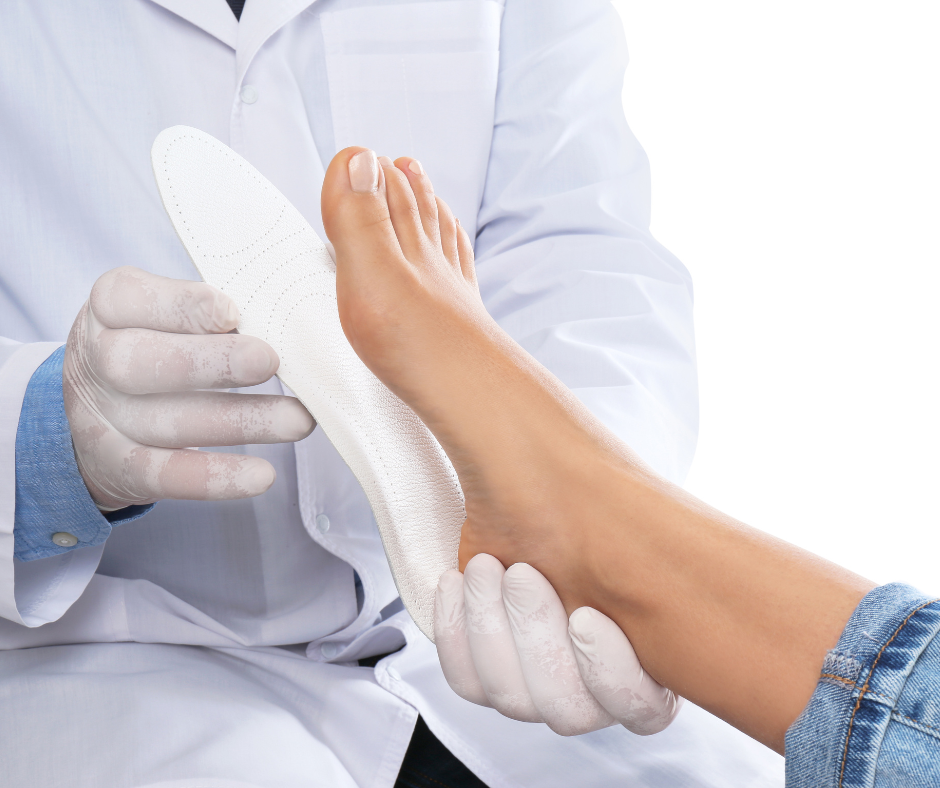Guidelines for Boot Fitting Success Dacono CO
Boot fitting for ski racing is a vital aspect of the sport, taking half in a big position in performance and luxury. A well-fitted boot can enhance control, precision, and general enjoyment on the slopes. Ski racing requires the skier to exert immense pressure on their boots, making the proper fit a critical element in reaching optimum performance.
The process of boot fitting includes a quantity of intricate steps, beginning with understanding the skier's foot shape and size. Every foot is unique, and numerous manufacturers have different last widths, heel shapes, and instep heights. A trained boot fitter will take precise measurements, making certain that the skier's foot is precisely represented within the chosen boot mannequin.
Once the measurements are obtained, the next stage is the selection of boots that align with the skier's skill degree and racing objectives. For novice racers, a softer boot might present some forgiveness and luxury. In distinction, extra superior racers usually require stiffer fashions that facilitate larger energy transfer for heightened control, particularly at high speeds.
After selecting the best boot, the fitting process actually begins. This is the place the boot fitter meticulously focuses on making a custom-made fit, usually called "shell fitting." The boot is tried on without the liner, allowing the fitter to assess how the shell of the boot contacts the foot. Gaps or pressure points can be identified simply at this stage, with the aim being to remove any areas that might result in discomfort over time.
Best Ski Boot Fitting Practices Longmont CO
Heat molding is among the most vital parts of boot fitting. This entails heating the liner and typically even the shell, permitting it to mold around the skier’s foot. A properly molded liner hugs the foot snugly, providing both heat and luxury. This heat can forestall cold feet during lengthy days on the slopes, a difficulty that many racers face.
While heat molding is essential, so is making fantastic changes through the fitting. Often, minor tweaks such as footbeds or insoles may be necessary. A customizable footbed can significantly improve fit, cushioning, and total help. It can also improve alignment, which is key for minimizing fatigue and sustaining control during high-speed runs.
Personal Experience with Boot Fitting Golden CO
It’s necessary to consider the flex index of the ski boots. Various manufacturers rate flex in one other way, however typically, junior racers require a softer flex to promote mobility and flexibility as they're still developing abilities. More superior rivals usually go for a stiffer flex that interprets into better vitality transmission and responsiveness when carving turns.
Another consideration in boot fitting for ski racing is the stance alignment. Proper alignment of knees, hips, and ankles is important for efficient vitality switch and preventing accidents. The boot fitter will assess this alignment and make adjustments, if necessary, to ensure that the skier is in the best place for performance.
Optimal Fit for Ski and Snowboard Boots Dacono CO
The role of socks can't be ignored when it comes to boot fitting. Specialized ski socks, usually manufactured from materials designed for moisture-wicking and insulation, play a significant position in maintaining heat. Additionally, they can help decrease friction inside the boot itself, reducing the chance of blisters during prolonged periods of snowboarding.
Communication between the skier and the boot fitter is essential all through the fitting process. Skiers should voice any discomfort or pressure points they may really feel, allowing the fitter to deal with those issues instantly. This back-and-forth helps ensure the final product will meet the skier's particular needs and preferences.
Expert Boot Fitting Tips and Tricks Wheat Ridge CO
Finally, making an attempt the boots on the snow is irreplaceable. An preliminary fitting can really feel great within the shop, but snowboarding puts a different set of calls for on the boots. If a skier can, they need to test the fit on a follow run or training course to substantiate comfort and performance. This real-world testing helps to identify minor changes that will not have been apparent in the course of the fitting.
In conclusion, boot fitting for ski racing is a meticulous and personalized process that tremendously impacts a skier’s performance. The proper fit enhances comfort, ensures management, and minimizes the risk of damage. By investing time and a focus into finding the proper boots, racers can focus on what they love most – the fun of the race.
The collaboration between the skier and the boot fitter is crucial in navigating this complicated journey. A excellent fit not only improves performance but in addition fosters enjoyment within the sport. Through quality fitting, consideration to element, and personalized changes, skiers can take advantage of their racing expertise and attain their full potential on the slopes.
- Precise measurements of foot length and width are important for reaching a snug fit, minimizing movement that can affect performance throughout races.
- Ski boot liners should be heat-molded to ensure a custom fit, permitting for enhanced comfort and improved energy transfer to the ski.
- The flex rating of a ski boot ought to match the athlete's snowboarding fashion, with stiffer boots recommended for advanced racers who require better management at excessive speeds.
- Ankle and heel hold is crucial; fit specialists often employ varied strategies to ensure these areas are securely locked in place.
- Proper alignment of the boot cuffs can significantly impact stability and edge control, making it important for racers to have well-adjusted cuff positioning.
- The tongue of the boot ought to ideally provide consistent pressure across the instep, preventing discomfort and enhancing responsiveness.
- Using footbeds or custom insoles can improve foot help, offering higher stability and lowering fatigue during long races.
- Attention to vent placement is important; adequate ventilation helps regulate temperature, preventing numbness or discomfort during runs.
- Evaluating the skier's method and stance can guide specific boot changes, tailoring the fit to boost total performance on the racecourse.
- Consistent follow-up changes post-fitting may help handle any discomfort that will come up throughout coaching, guaranteeing peak performance throughout competitions.undefinedWhat is boot fitting for ski racing?
Choosing the Right Ski Boot Fit Lyons CO
Boot fitting for ski racing is the process of customizing ski boots to ensure optimal fit, comfort, and performance on the slopes. It includes adjusting numerous parts to reinforce your snowboarding experience and achieve more efficient energy transfer.

Why is proper boot fitting important for ski racing?
Understanding Ski Boot Fit Thornton CO
Proper boot fitting is essential for ski racing as a result of it allows for better management, responsiveness, and luxury. A well-fitted boot may help stop accidents and enhance total performance by guaranteeing that skiers can preserve proper technique and balance.
How do I know if my ski boots fit correctly?
You can determine if your ski boots fit appropriately by checking for a comfortable fit with out pressure points. Ski Boot Fit Tips for Comfort Northglenn CO. When buckled, your toes should slightly brush the entrance of the boot, and there must be minimal movement of your heel. A qualified boot fitter also can conduct knowledgeable analysis
How to Put On & Fit Ski Boots Guide Firestone CO
What customizations may be accomplished during the boot fitting process?
Customizations during the boot fitting process can embrace heat molding liners, adjusting buckles, adding custom footbeds, and modifying the shell. Each adjustment is tailor-made to accommodate your distinctive foot shape and snowboarding fashion, enhancing comfort and performance.
How lengthy does the boot fitting process take?
Men's and Women's Ski Boots Fit Thornton CO
The boot fitting process usually takes wherever from 1 to three hours, depending on the level of customization needed. This timeframe allows for thorough evaluations, adjustments, and testing to ensure the very best fit.
Can I ski immediately after getting my boots fitted?
It's advisable to permit a while to interrupt in your newly fitted boots earlier than heading out to ski. While you can actually try them on and walk around in them, skiing with them for a few hours helps ensure they settle into the fit and improve comfort.
How often should I get my ski boots fitted?
Boot Fitting 101 Essentials Lyons CO
It's beneficial to get your ski boots fitted each few seasons or every time there are noticeable adjustments in your foot shape, discomfort arises, or in case your snowboarding type modifications considerably. Regular evaluations help keep one of the best fit and performance.
What should I bring to a boot fitting appointment? (Fit Guide for Ski Boots Dacono CO)
For a boot fitting appointment, put on or convey the socks you sometimes ski in, as they will affect fit. Additionally, consider bringing any current ski gear, such as your skis and bindings, to help the fitter assess your full setup.
Understanding Boot Layout and Fit Longmont CO
Are there special concerns for girls or racers with distinctive foot shapes?

Yes, women and racers with distinctive foot shapes may have specialized boots or custom modifications. Women's ski boots typically have totally different flex patterns and shapes, while unique foot shapes might require custom footbeds or shell modifications for optimal performance.
What if I expertise discomfort after my boot fitting?

If you experience discomfort after your boot fitting, it's essential to return to your fitter. They can assess the issues and make necessary adjustments (Ski & Snowboard Boot Fitting Overview Frederick CO). Addressing discomfort early on can stop performance issues and improve your snowboarding expertise
this weblink Amanda Bearse Then & Now!
Amanda Bearse Then & Now! Melissa Joan Hart Then & Now!
Melissa Joan Hart Then & Now! Michelle Trachtenberg Then & Now!
Michelle Trachtenberg Then & Now! Elisabeth Shue Then & Now!
Elisabeth Shue Then & Now! Traci Lords Then & Now!
Traci Lords Then & Now!